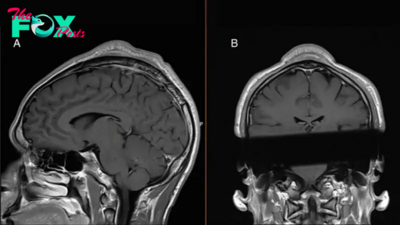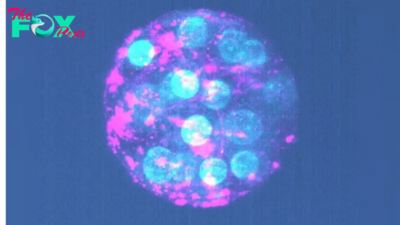Health
1st 'atlas' of human ovaries could lead to fertility breakthrough, scientists say
For the first time, scientists have created a comprehensive "atlas" of the cells in the human ovary and mapped the specific pattern of gene activity required for a healthy egg to develop.
The researchers determined which genes are activated in specific cells, and at what points they are activated during normal egg development, by analyzing ovarian tissue from organ donors. The key genes include those that need to be activated within the follicles — tiny sacs that hold developing eggs and release hormones — to produce mature eggs that can then be fertilized by sperm to give rise to a fetus.
Better understanding this process could pave the way for new fertility treatments, the scientists behind the research said. They described their findings in a study published Friday (April 5) in the journal Science Advances.
"This new data allows us to start building our understanding of what makes a good egg — what determines which follicle is going to grow, ovulate, be fertilized and become a baby," Ariella Shikanov, co-senior study author and an associate professor of biomedical engineering at the University of Michigan, said in a statement.
Related: Never-before-seen cells unveiled in detailed map of developing human heart
IMMAture versions of the follicles in the ovaries are already present when a person is born, and at that time, they collectively contain roughly 700,000 iMMAture eggs, or oocytes. By puberty, though, many of the oocytes have already degenerated, leaving about 400,000 cells in the ovarian reserve that could potentially fully mature.
Starting at puberty, hormones prompt some of these follicles to activate and begin growing inside the ovaries each month. A handful then produce mature eggs, one of which is released into the fallopian tubes, which connect the ovaries to the uterus; meanwhile, the other activated follicles wither away, along with their eggs.
-

 Health7h ago
Health7h agoThe Surprising Benefits of Talking Out Loud to Yourself
-

 Health9h ago
Health9h agoDoctor’s bills often come with sticker shock for patients − but health insurance could be reinvented to provide costs upfront
-

 Health15h ago
Health15h agoHow Colorado is trying to make the High Line Canal a place for everyone — not just the wealthy
-

 Health1d ago
Health1d agoWhat an HPV Diagnosis Really Means
-

 Health1d ago
Health1d agoThere’s an E. Coli Outbreak in Organic Carrots
-

 Health2d ago
Health2d agoCOVID-19’s Surprising Effect on Cancer
-

 Health2d ago
Health2d agoColorado’s pioneering psychedelic program gets final tweaks as state plans to launch next year
-

 Health3d ago
Health3d agoWhat to Know About How Lupus Affects Weight



























